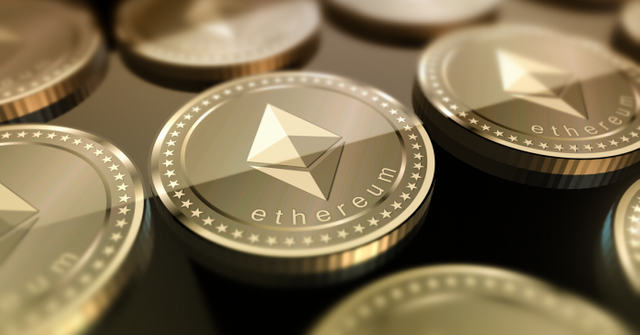Ethereum Mining – A Beginners Guide

Even those who have a basic grasp of cryptocurrency can become somewhat bewildered when they hear the term Ethereum mining as it relates to the digital world.
Rest assured, there are no hard hats or pickaxes involved!
What exactly is mining?
Before answering the question of what mining is, it’s important to highlight what a miner is.
When a cryptocurrency transaction takes place, all of the information about it is stored in a data block, which is then internally linked to other blocks. This sees the creation of a blockchain.
These blocks, once created, must be evaluated as quickly as possible to guarantee the smooth operation of transactions on the platform, which is something that those who provide the currency do not have the capabilities to do.
Step forward the miner
A miner is quite simply an investor who invests their time, energy, and resources into sorting through the blocks of the blockchain that contain cryptocurrency transactions until they hit the correct cryptographic hash function, meaning they have authenticated the transactional information.
Once this is done, they are rewarded by being able to authorize the transaction, and as such, are rewarded with a small amount of cryptocurrency of their own.
This is referred to as a proof of work system.
Mining Ethereum is required to secure the network by creating, verifying, publishing, and propagating blocks in the blockchain.
When most people hear the term miner, they automatically think of gold miners, and while this is where crypto miners got their names from, there are some differences. One of the most significant differences is that with ether supply is not inexhaustible. At the presale in 2014, it was decided that no more than 18 million ether be issued every year, which serves as a way to reduce inflation.
Can anyone become a miner?
Put simply, yes.
Ethereum mining can be done quite easily from home using any personal computer that has a graphics card (GPU) with at least 2GB of RAM and a 30GB hard drive.
GPU mining is a better option than CPU mining for the most part and is less frustrating and less costly. GPUs are around 200 times quicker than CPUs when tasked with mining Ethereum, although it should be stressed that mining ether takes a lot of electricity.
You can use an Ethereum mining calculator to help you calculate your profit and loss.
The next step
Now that you know the basics you’re ready to delve further into the world of Ethereum mining! There is more to learn, but knowing the basics is the best place to begin.
Resourse:https://cryptodisrupt.com
Regards: Yasir Gill
Hi! I am a robot. I just upvoted you! I found similar content that readers might be interested in:
https://cryptodisrupt.com/ethereum-mining-a-beginners-guide/
Thanks Friend.Educative Post. Thanks